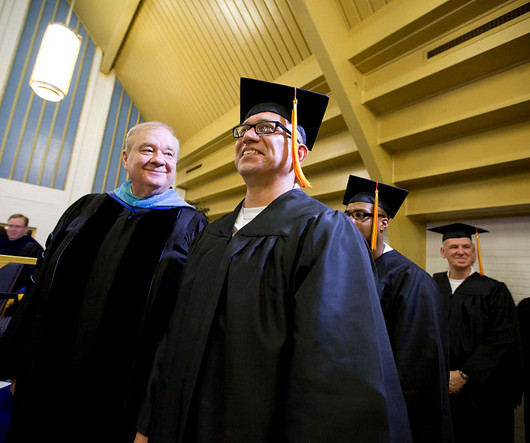First-Generation College Students: Facts and Statistics
BestColleges
MARCH 28, 2023
Data Summary Check Over one-third of undergraduates in a bachelor's degree program (about 37%) were first-generation college students in 2016. [1] 1] Check Many first-generation college students come from lower-income households and will likely incur more college debt. Black students were least likely.












Let's personalize your content